Pune becomes an incredibly beautiful place with the onset of monsoons which infuse new life into the countryside, covering the mountains with a vivid green carpet that would take your breath away as you get outside the city. The area is dotted by impressive mountains, beautiful valleys, pretty hill stations and hill forts, ideal for a day’s retreat and treks of varying difficulty levels.
This list may not be all comprehensive as there are many other places that we have not explored yet. We will keep adding to the list as we get to know this region better.
Sinhagad
Photo: Kalyan Darwaza, Sinhagad | Courtesy: Wonder Destinations
Sinhagad is a picturesque hill fort very near to Pune, and serves as the perfect location for a quick trek or half day picnic. Located at 4300 ft above sea level, its weather is pleasant to mildly cold throughout the year except summers and becomes ridiculously heavenly in the monsoons. It is a short drive from the Pune city on the Sinhagad Road and one can enjoy the views of the Panshet lake on the way as well.
The fort gives a breathtaking view of the valley beneath its ramparts and still has some of the garrison buildings intact. Besides its association with the Maratha Empire, the fort was also home to Bal Gangadhar Tilak who spent a long time here to recover his health.
Sinhagad gets crowded and noisy on weekends so if you plan a trip on a weekend, start really early in the morning to beat the weekend revellers. While you are there, do not forget to try hot chilli and onion bhajiyas that the local hawkers sell there!
- Head west towards Shivaji Road, then to Apte Road and then to the Sinhagad Road, NH4 and Sihnagad Khat Road. After paying the toll, park the vehicle in the parking and walk towards the fort on foot.
- Trek to the fort, better to start early in the morning
- Trekking
- Sighseeing
- Photography
- Educational Tours
- Buttermilk (known locally as Taak)
- Tea
- Vada Paav
- Bhajjis (Pakodas)
- Pitla-Bhakris (local jowar bread which tastes awesome with chicken curry)
- Maintain safety while trekking
- Do not venture very close to the edges of the cliffs
- Wear good shoes as the place may get slippery in rains
- Consider your capacity while having roadside food
- Keep umbrella or raincoats handy
Purandar Fort
Standing at 4,472 feet above sea level, this hill fort figures repeatedly in the accounts of Shivaji’s struggle against the Adil Shahi dynasty. The fort is more than 1000 years old, tracing its origin to the Yadava dynasty of the 11th Century. After the fall of the Yadavas, the fort was occupied by the Bijapur and Ahmednagar Sultanates. In 1646, a 19 year old Shivaji captured Purandar in one of his first victories and since then remained mostly under the control of the Marathas. It is also significant for being the birth place of Shambhaji, Shivaji’s son. During the British Raj, the fort was used as a sanatorium and served as a PoW camp for German prisoners of war during World War II.
Purandar is so close to Pune that it is a surprise that many Punekars have never been there. It is 50 KM Southwest of Pune near Saswad. The village Purandar at the foothills derives its name from the fort. Purandar has a twin fort named Vajragad, which is smaller in size.
The fort has two levels, the lower part called Machi consists of the cantonment and hospital. There are some temples as well as the statue of Murarbaji Deshpande, the fort commander who gave his life to protect the fort in a battle with Mughals. The upper level is called Ballekilla, it has Dilli Darwaza, and an ancient Shiva Temple. There is a memorial for the Kolis who were martyred during a revolt against Aurangazeb. One can get a impressive view of the bastions and countryside from this level.
- From Pune – Go towards Saswad taking the Hadapsar route and then take a diversion from Narayanpur that will take you to the Binni Darwaza of the fort. If you want to travel by bus, then take an ST bus from Saswad to Bhor that will take you to Purandar Matha.
- From Mumbai – You will need to reach Pune before taking the route to Purandar.
- Trekking
- Sighseeing
- Photography
- Educational Tours
Important: The fort closes by 4:00 PM. If you are riding a motorbike, it is important to wear the helmet as the army jawans stationed there will not let you in without helmets.
- Drink – Water is available inside the fort, it is still advisable to carry your own water
- Food – You can get food in the village. Better to carry your own food though.
- Maintain safety while trekking
- Do not venture very close to the edges of the cliffs
- Wear good shoes as the place may get slippery in rains
- Consider your capacity while having roadside food
- Keep umbrella or raincoats handy
Varandha Ghat
Varandha Ghat is a mountain passage in the Western Ghats. It cuts the Western ghats to join the town of Bhor to Konkan and thus connects Pune and the Konkan region. The place has an abundance of natural beauty and lush green forests, tall mountains, wildlife and waterfalls in monsoons are common place.
To reach Varandha Ghat from from Pune, one needs to take to Katraj and then continue on NH 4 for sometime till Kapurhol and then take a turn towards Bhor. From Bhor, the road gains altitude (and also deteriorates in condition) once you take a right to the Varandha Ghat road.
During the monsoons, the scenery is very beautiful, lush greenery covers the mountains and the Western Ghats are at their best during this period. Numerous waterfalls form during this season, both at a distance and some right on the road. There is a point at which the mountain takes a U-bend. On one side the roads goes, cut into a hill bend and on other side, beyond the valley are steep hills, so green that they almost look photo-shopped. Combined with clouds, some mist and waterfalls, it makes for perfect landscape photography.
From Varandha Ghat, one can go further towards Shivthargal and visit the beautiful ashram of Swami Samarth Ramdas.
Read more on Varandha Ghat and Shivthargal HERE
- From Pune – Reach Katraj and take National Highway 4. Continue on NH4 till Kapurhol and then take a right turn for Bhor. From Bhor, take a right turn towards Varandha Ghat road and continue on it till you reach the destination.
- From Mumbai – From Mumbai, Varandha Ghat is a four hours drive, so you can make the drive all in one day. You might want to halt at a nearby town like Satara since the drive may be tiring.
- From Hyderabad – It is 524 km drive, which could take you the better part of a day. You will find plenty of places along the way to stop for the night if you do not want to make the entire drive at once, including the city of Solapur. Keep in mind that there is a great deal of traffic on this road, since it is the main highway between Hyderabad and Mumbai, so it will be slow going at many times.
- From Bangalore – The drive is about 750 km. The highway is in much better shape and there is also less traffic in this corridor, despite it being the main route between Bangalore and Mumbai.
- Long Drives
- Sighseeing
- Photography
- Visit to Shivthargal
- Stay in Satara or Pune if you must.
- Drink – Carry your own water
- Food – You can get food at the roadside hotels both on Varandha Ghat and Shivthargal. Food in Shivthargal pricey.
- Drive safely and avoid the ghat during the night
- Be careful with waterfalls as boulders may fall from a height
- Do not venture very close to the edges of the cliffs
- Wear good shoes as the place may get slippery in rains
- Consider your capacity while having roadside food
- Keep umbrella or raincoats handy
Tamhini Ghat
Tamhini Ghat is a mountain passage which cuts the Sahyadri range to join Pune and the Kokan region. Located on the crest of the Sahyadris, Tamhini Ghat is famous for its natural beauty with high mountains, green valleys, lakes and waterfalls. Mulshi lake and dam lie on the route but they are often very crowded during the weekends.
One drawback for anyone going to Tamhini from Pune is that, unlike Varandha Ghat which is accessible via Katraj, the route requires one to make a full round of the Pune city, over to Chandani Chowk and then to the Ghats. The road is too narrow at places and there is always a risk of getting stuck in huge traffic jams.
Read more on Tamhini Ghat HERE
- From Pune – Take to the Old Mumbai Pune Highway via Chandni Chowk via Mulshi. Continue from Mulshi towards Tamhini
- Long Drives
- Sighseeing
- Photography
- Visit to Lavasa
- Stay in Pune or Lavasa if you must.
- Drink – Carry your own water
- Food – You can get good food at the roadside hotels.
- Drive safely and avoid the ghat during the night
- Be careful with waterfalls as boulders may fall from a height
- Do not venture very close to the edges of the cliffs
- Wear good shoes as the place may get slippery in rains
- Consider your capacity while having roadside food
- Keep umbrella or raincoats handy
Lavasa
Lavasa is a privately planned and managed hill town labelled as India’s newest Hill Station since the British left the shores. After its completion, it will consist of a number of townships spread across seven hills of the Sahyadris. While the ecological impact is a controversial question, the town is nonetheless beautiful.
The city is impressive (sometimes bordering kitsch). Built with a typical European feel around a lake; with a town hall area and a beautiful promenade along the lake and the colourful houses can be from any beautiful town in Europe. A great place to take photographs and be photographed, it has a number of shops and good restaurants, a refreshing change from the wilderness of the surroundings.
- From Pune – Take to the Old Mumbai Pune Highway via Chandni Chowk via Mulshi. Turn towards Lavale and proceed on the Lavasa Road. The ascent to the town is steep so make sure your vehicle has enough power packed up in the engine.
- Long Drives
- Sighseeing
- Photography
- Watersports
- Walk on the promenade
- Fine Dining
- Golf
- Adventure Sports
- There are many places to stay in Lavasa. Apart from Hotels, one can also book hosted accommodation via AirBnB or Tripadvisor.
Lavasa has very good fine dining options and one will be spoilt for choice. Most of the restaurants are located at the Waterfront Shaw. Eat and drink as much as you can ! Some of the great places to eat in Lavasa are:
- The All American Diner, The Waterfront Shaw
- Chor Bizarre, The Waterfront Shaw
- Orient 8, The Waterfront Shaw
- Granma’s Homemade, The Waterfront Shaw
- Earthen Oven, Fortune Select Dasve
- Past Times (Bar), The Waterfront Shaw
- Drive safely and avoid the ghat during the night
- Do not venture very close to the edges of the cliffs
- Keep umbrella or raincoats handy
- Be careful around the lake
Neelkantheshwar
Photo: Neelkantheshwar Temple | Courtesy: Sachin Gupta
Neelkantheshwar is a lesser known destination near Pune. Located on a small hill around 40 KM from Pune near the Panshet-Varshgaon dam, this beautiful place is a great destination for a quick drive and visit.
Neelkantheshwar is a unique place in a sense. It has a big temple of Lord Shiva at the top of a hillock, but what makes the place really special is the hundreds of sculptures that dot its landscape. The statues are associated with the Hindu mythology like Ramayana, Dashavatar etc and even Shivaji and Jesus Christ. It is said that a forest ranger, Sarje Mama found a Shiva Lingam at this place and founded the temple. Some amount of hiking is involved in reaching the temple but the difficulty level is not high. Thousands of pilgrims visit the temple during Mahashivratri, and it is not very crowded otherwise.
The view from the top of the hill is amazing and one can get a great panoramic view of the Panshet as well as the Varsagaon dams, Khadagvasla, Sinhagad and Torna forts and the valley below.
- Pune – Take the Sinhagad Road, cross Nanded City and go towards Khadagwasla and then to Panshet. From here, take the road towards Vasasgaon. After crossing a small bridge, turn right towards Kuran Khurd. From here, you will reach the foothills of Neelkantheshwar.
- Long Drives
- Sighseeing
- Photography
- Worship
- The closest options to stay are in the resorts at Khadawasala.
Neelkantheshwar has a canteen where one can get decent food. There are shops selling food items, bottled water and cold drinks as well.
- Drive safely and avoid the ghat during the night
- Do not venture very close to the edges of the cliffs
- Keep umbrella or raincoats handy
- Carry water for the climb to the temple. Keep fit.
Lonavala and Khandala
Photo: Lonavala | Courtesy: Arjun Singh Kulkarni
Located around 600 mts above sea level and halfway between Mumbai and Pune, Lonavala and Khandala provide for great climate and views during the monsoons. Established as Colonial Retreats by the British to escape the sweaty heat of Mumbai, these hill stations still manage to provide some of the old charm with their bungalows and viewpoints like St. Mary’s villa, Duke’s Nose and Tiger’s Leap. The hills are dotted with waterfalls during the rains and provide great views for the revelers.
The major places of interest are Rajamanchi Point, Duke’s Nose, Lion’s Point, Valvan and Bhushi Dams, Lonavala Lake and Tungrali Lake. Surrounding Lonavala and Khandala are many places of historical importance, including rock cut caves like Karla Caves, Bhaja Caves and Bedsa and hill forts like Lohagad, Visapur and Tunga forts which provide great opportunities for a trek.
Lonvala and Khandala are quite famous, a little too famous for their own good. The twin hill stations are a great place to spend a monsoon weekday, and a nightmare on a weekend, due to traffic snarls and often unruly revelers. Best avoided in weekends!
- Self Drive – Take the old Mumbai-Pune Highway or the new Expressway, drive for 70 KM and you will reach Lonavala.
- Trains and Buses are regularly available from Pune
- Trekking
- Sighseeing
- Photography
- Educational Tours
There are hundreds of hotels, resorts an guesthouses in Lonavala and Khandala. It is better to book in advance.
While you are in Lonavala, do not forget to enjoy the local chikkis that are very famous. The most famous shop selling the chikkis is Maganlal’s
Some good restaurants in Lonavala are:
- Hotel Chandralok
- Cafe 24
- The Kinara Village Dhaba
- Sheetal Da Dhaba
- Parsi Dhaba
Restaurants in Khandala:
- Duchess Restaurant
- High Point Bar and Restaurant
- Panorama Cafe
- Hotel Royal Park
- Maintain safety while trekking
- Do not venture very close to the edges of the cliffs
- Wear good shoes as the place may get slippery in rains
- Consider your capacity while having roadside food
- Keep umbrella or raincoats handy
Kaas Plateau
Kaas Pathar is a plateau made from volcanic rocks in the Satara district of Maharashtra, and comes under the biosphere of the Western Ghats. Hailed as Maharashtra’s answer to the Valley of Flowers, Kaas is famous for its carpets of flowers which are swept on the landscape by the end of monsoons in the region. During monsoon, the plateau receives an average rainfall of 2000 mm, much of the water seeping through the porous laterite rocks. The whole area is covered with flowers of varying colours, the dominant colour changing with the time of the year.
Spread over 1000 acres, Kaas is a protected bio diversity reserve and has been designated as World Heritage Nature Site by UNESCO. The ecosystem of the plateau is very fragile, the layer of soil over the volcanic rocks is at times just a few centimetres thick, and many of the plant species endemic to this area are already in the endangered list. More than 450 species of flowers, orchids and even carnivorous plants such as Drosera Indica are found in Kaas.
Read More About Kaas Plateau HERE
Head towards Katraj and take the NH4 to Satara. Cross Satara, turn left towards the mountains and proceed towards Kaas. The road steadily ascends and reaches a plateau. After driving for further 15-20 kilometres, you will come to a wide plateau with wild colours of flowers, this is Kaas.
- Sighseeing
- Photography
- Educational/ Botanical Tours
Stay options are available in Satara
- Good eating options are available in Satara
- Try to carry your own food and water. Make sure you bring all the trash including plates/ bottles/ wrappers back home.
- If you plan to leave any thing other than your footprints there, please stay at home. Kaas is too fragile to bear the brunt of plastic/ beer bottles, discarded plates or loud music blaring from car stereos.
- Best season to visit is from August to mid October.
- Avoid weekends, thousands of picnickers arrive in Kaas during the weekends and you will see more people than flowers. Weekdays are best for the visit and mornings are preferable.
- Wear shoes with good grip, carry a raincoat and some warm clothes. Umbrellas are useless as the place is too windy.
- Drive very slowly, enjoy the scenery and do not trample reptiles and small animals on the road. Do not drive off the road, by doing so, you will only destroy some rare species of plants.
- Have fog lights on your car, Kaas can be very foggy on most days and visibility is usually poor on the road.
- Do not pluck flowers or uproot plants. Do not walk over flowerbeds. Do not walk in grass, there may be snakes around.
- Keep a magnifying glass with you, it will come handy and surprise you in ways you would not have imagined.
- Do not venture out in the night. The plateau is frequented by wild animals like wild boars and leopards.

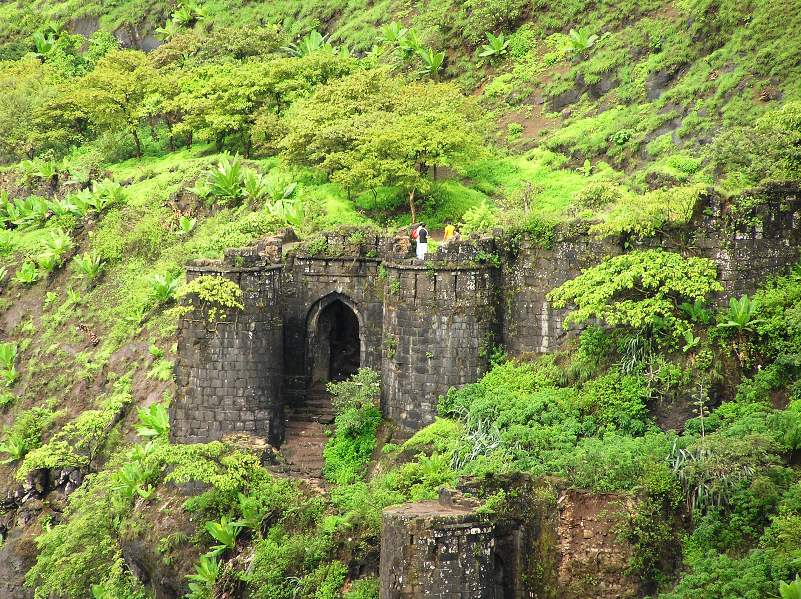
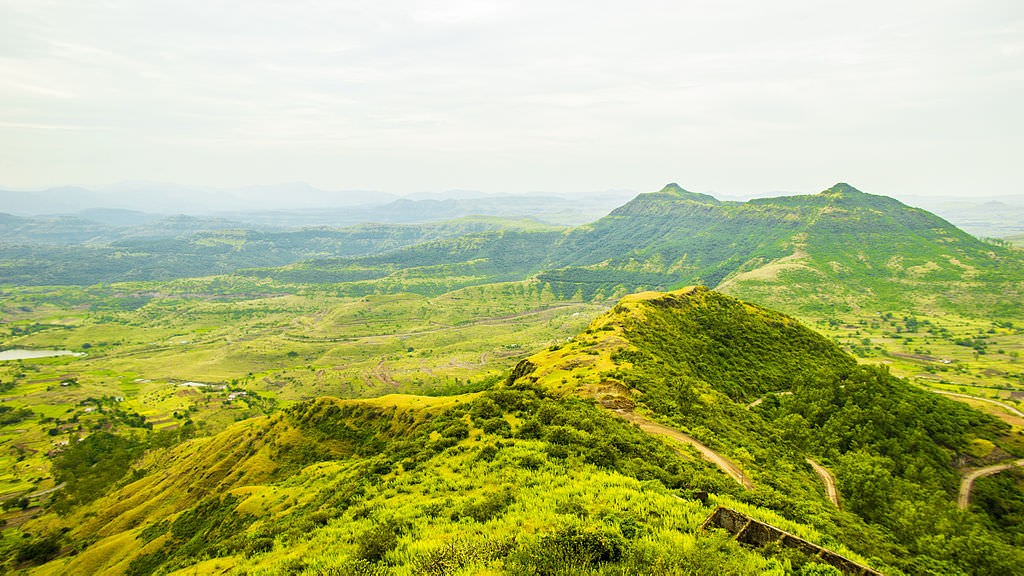
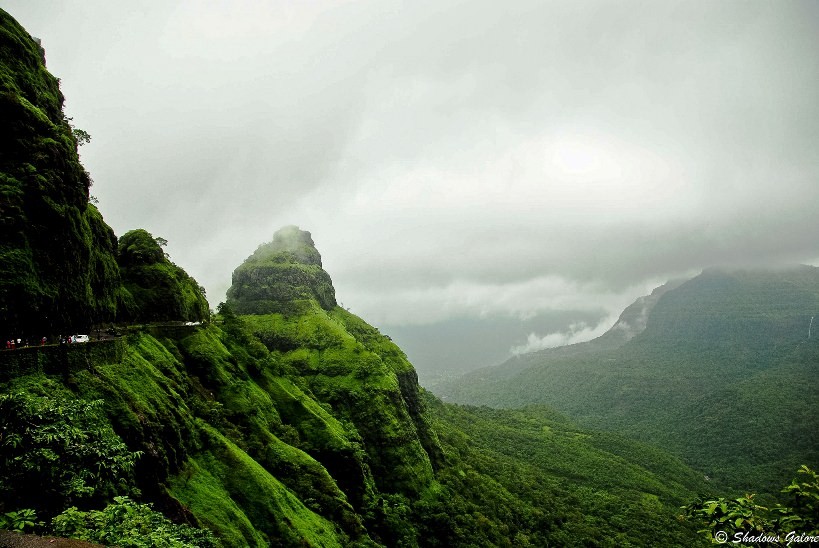
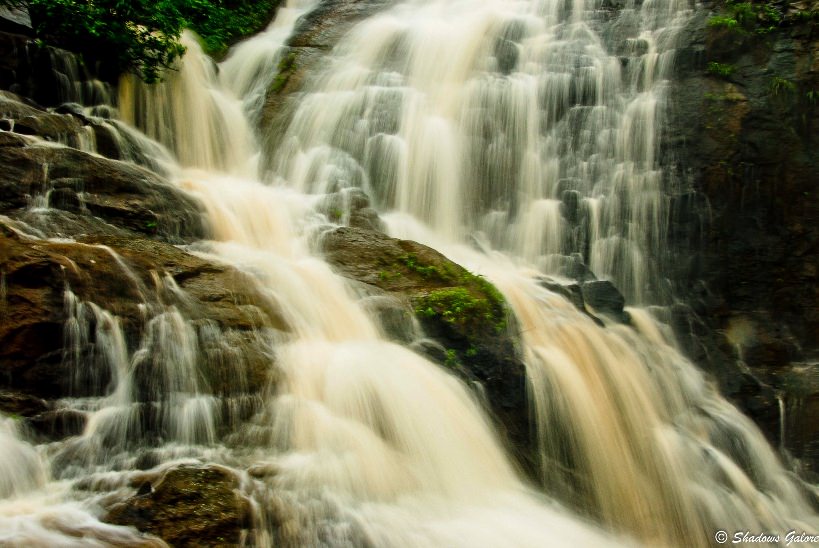
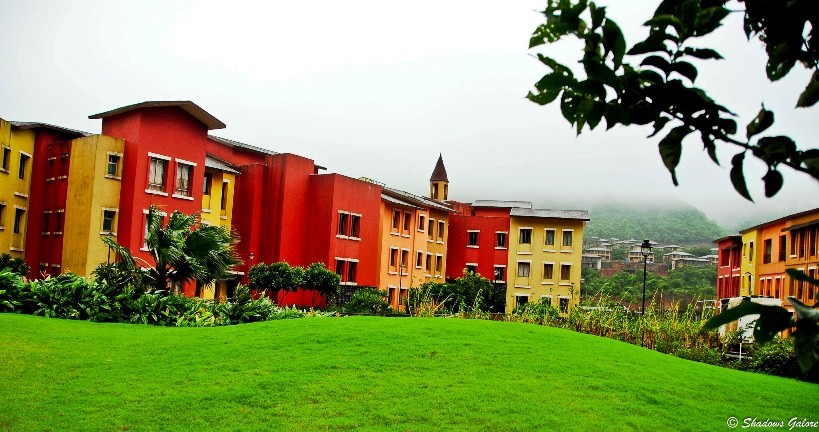
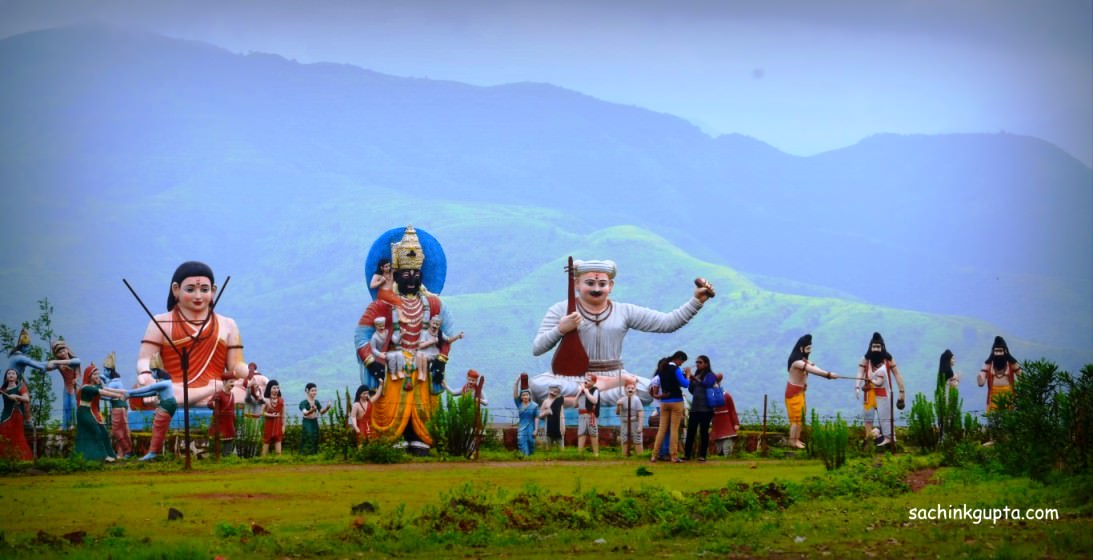
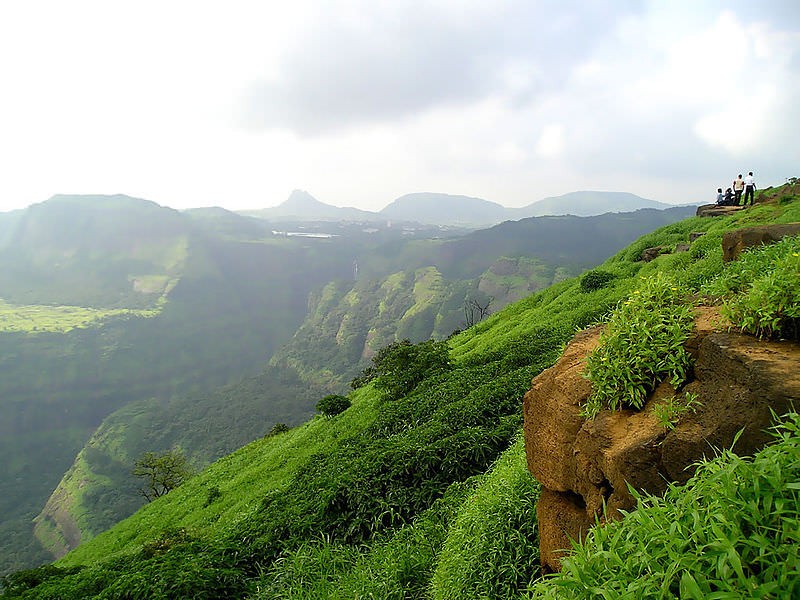
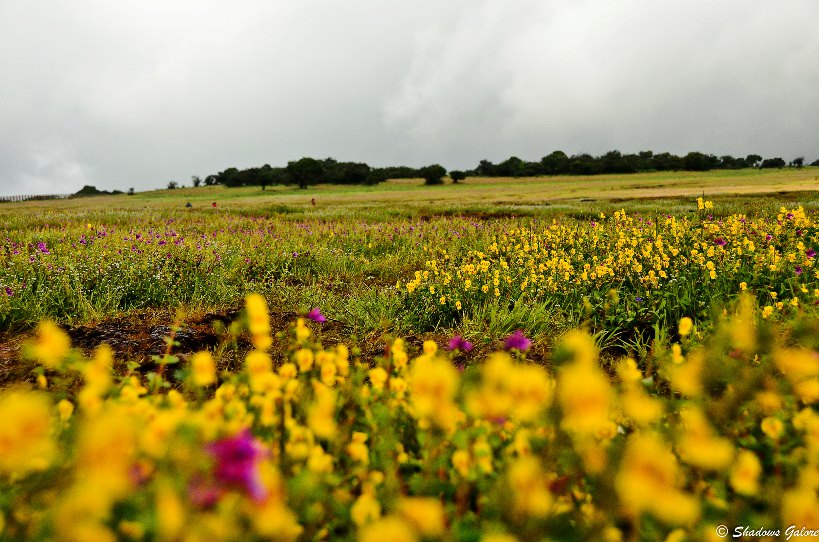
I have been to Pune for a short period during my backpacking trip to Mumbai and then to Shridi, Pune and finally to Goa. All I visited was Shaniwar Wada, Pheonix Mall and Hard Rock Cafe. It’s such a shame I missed some beautiful places in Pune. Thanks for this post and hope to make a trip to Pune sometime for longer duration and cover some of the areas mentioned here. Which is the best month to visit Pune and what is the best local food you recommend?
Hi Krishayyan,
Sorry for the late response, we were caught up with a lot of things lately. One good thing about Pune is that there are a lot of places nearby for a great one day trip. The best time to visit is ofcourse during the rainy season. Local food – Two items that I will mention are : Misal Paav and Mastani 🙂
Thanks
Puru
Nice. But My heart can’t take me to Lavasa considering the whole disaster it has done in a pristine forest land 🙁
I will agree to you. Lavasa makes me very uncomfortable. Construction has been put on hold for this very reason and when we went this time, there was an element of decay around there ..
Nice and detail article. I have been to Lonavala in Monsoon so totally agree with your points.